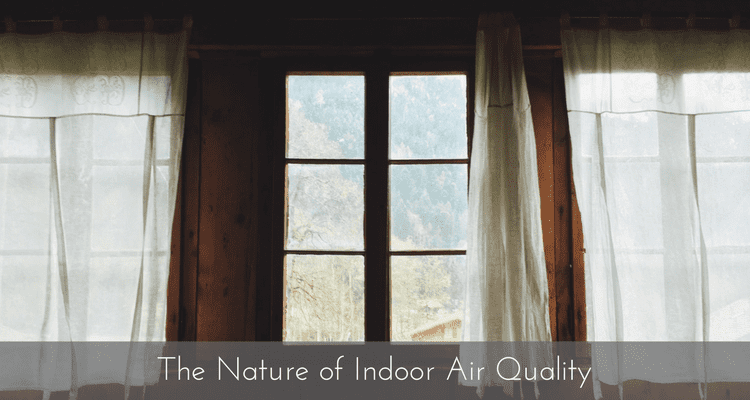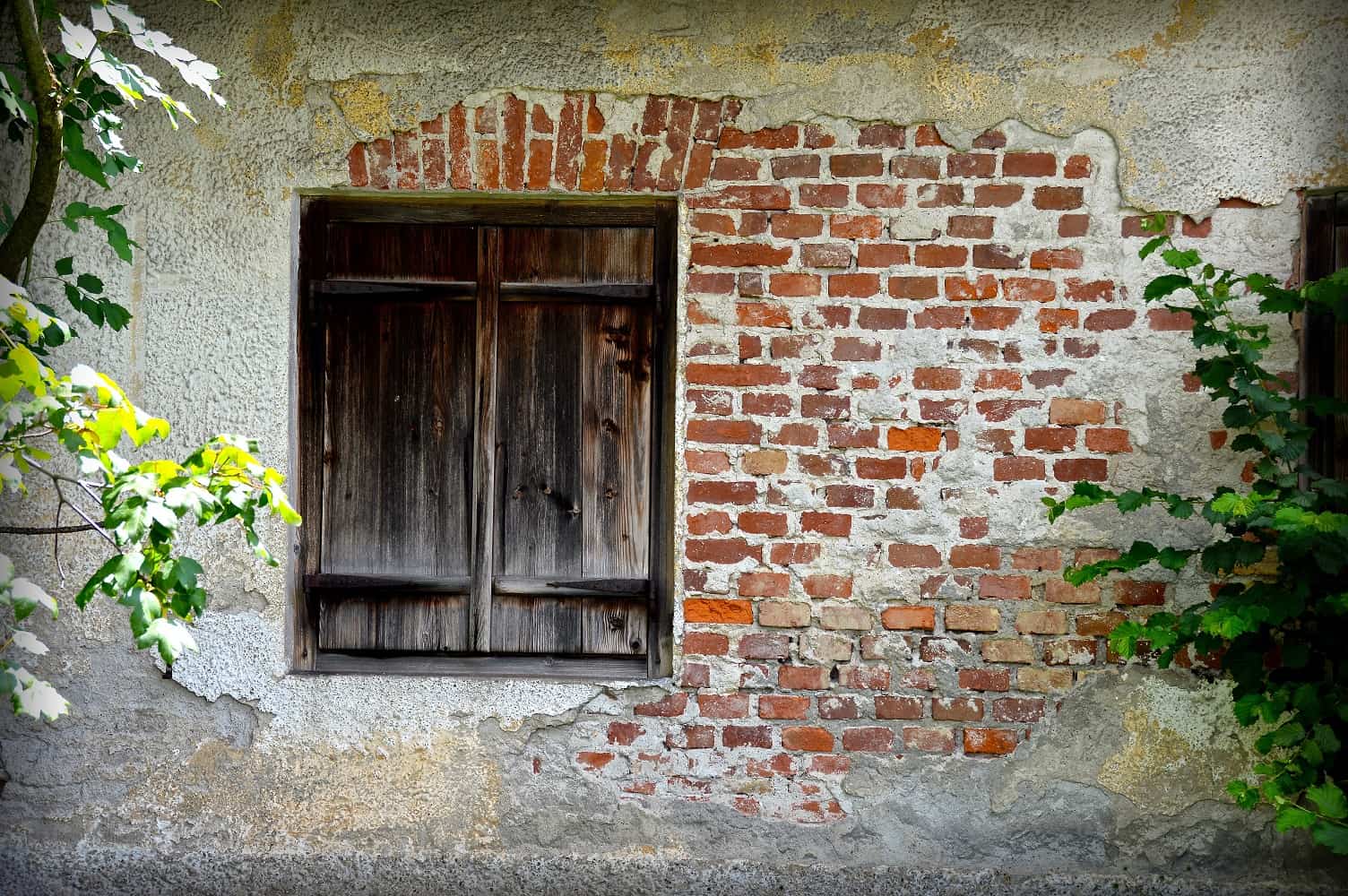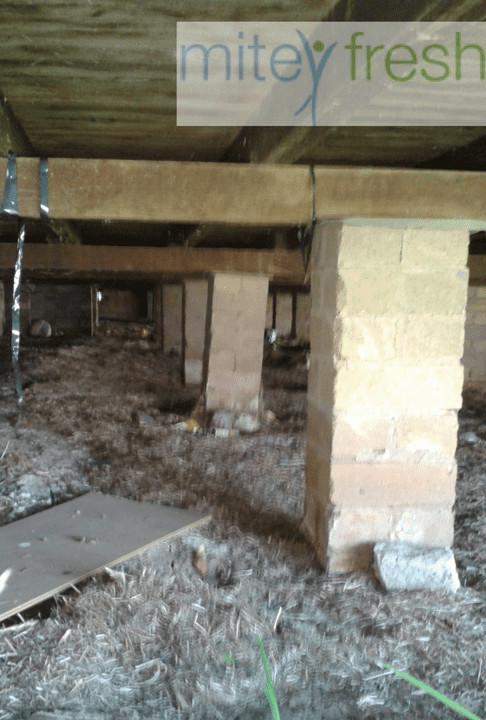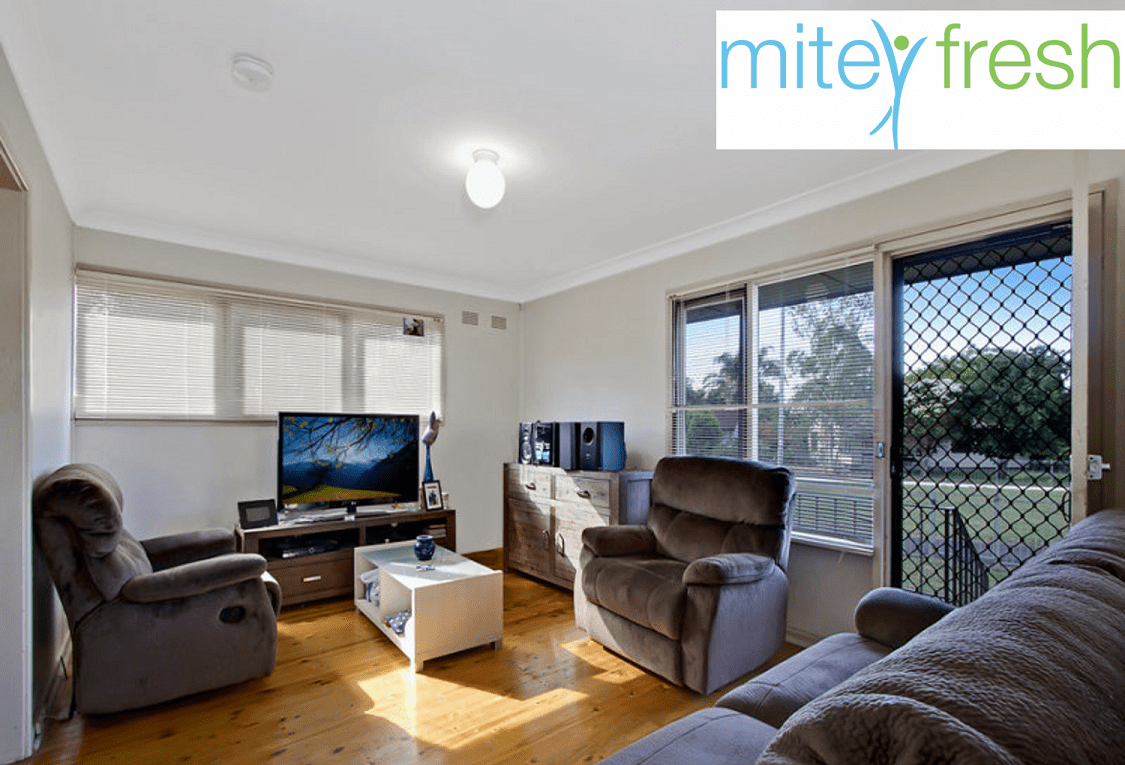What is indoor air? When you put it all into perspective, indoor air is air within a building where a person spends a period of an hour or more in any day such as a home, office, classroom, motor vehicle, shopping centre or hospital according to The National Health and Medical Research Council (NHMRC). It takes up space! However, each indoor air space is different in its unique way and can be adversely affected by pollutants that affect a person’s health and well-being.
Some indoors have become better sealed from the outdoors and some are less so. They can have different pollutants being released from indoor sources or blown in from outside to the indoors. No matter what indoor space you’re in, they all do the same thing: provide shelter, supports your health, mind, body and spirit.
Outdoor Vs Indoor Air
Depending on where you live and work, your air contaminants can be vastly different. For instance, where I live, we have ‘fresh’ natural, ambient air. City ambient air is, of course, perceived as exposure to ‘polluted’ air. It’s directly dependent on sources, levels and effect of particular pollutants and ultimately, the management of air quality by authorities and occupants alike.
Natural air is as we find, the closest possible, in the great outdoors. The big difference between fresh and polluted air is that over the last 100 years, mankind has added thousands of different chemical compounds and more, all predominantly found where people spend up to 90% of their time, indoors.
Outdoor air tends to have considerable research worldwide, however, there is relatively little research on indoor air quality in Australia, which means we are inhaling these contaminants almost continuously, a real everyday concern to our health. So with indoor air, there are a few extra steps in science.
Common Indoor Air Contaminants
Since most air we breathe is indoors, and we all live, work, play and sleep indoors, we experience a lot of the same air contaminants indoors. These include:
- Live particulates – mould, dust mites, animal dander, pollen, bacteria, spores, viruses
- Non-live particulates – tobacco smoke, dust, renovation dust, heavy metals, asbestos, radon
- Gases from – new furnishings, carpets, insulation, building materials, painting, glues, cleaning and personal care products, vehicles, diesel, ambient pollution, carbon monoxide, pesticides, formaldehyde, electrical appliances, un-flued gas heaters and stoves, office equipment.
Indoor Air Naturally
Here is a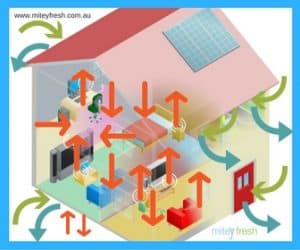 picture of a basic room set up. This illustrates the places where air comes in and goes out of your home or office and where it goes around in your building. Air comes in through the openings like windows and doors, gaps, cracks or air conditioner, circulates around your home, and potentially back outside through openings.
picture of a basic room set up. This illustrates the places where air comes in and goes out of your home or office and where it goes around in your building. Air comes in through the openings like windows and doors, gaps, cracks or air conditioner, circulates around your home, and potentially back outside through openings.
Note: This is not how EVERY home or office is set up, but the logic works the same. Every space has the capacity to diffuse air into, to spread throughout and to push air back out.
The Diffusion of Air
Windows, Doors and Cracks
These are air gaps, built into the building, that allow air to flow into and out of. Gaps are what suck the air in from outside and out from inside. They should be closed to stop any heavy wind, debris and air pollutants before they enter the building.
Sub Floor
This is another place where air is sucked in and pushed through your building. Subfloors are located at the foundations underneath the building. While the windows, doors and cracks take care of pulling air above flooring of the building, sub floors are great for pulling air below flooring and off the ground. That way, you are pulling air from all sides of the building.
Note: Newer homes probably won’t have a subfloor, older homes are built on foundations above the ground while newer homes’ foundations are usually a concrete slab. When buildings have alternative pathways, it provides more diffusion options in case something or someone blocks one of them.
The Pathway of Air Flow
This is the building materials, the furnishings and objects that push the air back into the room, or not after it’s flowed in. The objects, for a better word, also help to circulate the air around, allowing the diffusion a better chance to flow more freely. Or it can block the air, preventing the diffusion and creating stagnant air flow.
Tip: If you have several furnishings and objects in your room, create space around them and raise up off the floor. You want to create a flowing motion of air while helping to air materials around and underneath them.
Note: If you have less air flow than space, create air flow.
Contaminants
This is the building materials, the furnishings, the objects you and other occupants add to the air particles and gases. Toxins that can be so unpleasant and potentially unhealthy. It’s virtually impossible to eliminate all air contaminants.
Your Airing Systems
Your indoor a iring system should be balanced, that the rate of diffusion of air from inside the room is equal to the rate of air ventilation – the rate at which air in the room is pumped out of the room. Airing is made up of two options, open and closed system. Often occupants will refer to these as one or the other, but they are completely different. Opening your windows, doors and through building cracks is what naturally moves the air and the HVAC is what…well…artificially controls indoor environment by using heating, ventilation and air conditioning in a closed environment.
iring system should be balanced, that the rate of diffusion of air from inside the room is equal to the rate of air ventilation – the rate at which air in the room is pumped out of the room. Airing is made up of two options, open and closed system. Often occupants will refer to these as one or the other, but they are completely different. Opening your windows, doors and through building cracks is what naturally moves the air and the HVAC is what…well…artificially controls indoor environment by using heating, ventilation and air conditioning in a closed environment.
Your HVAC
Heating, Ventilation and Air Conditioner is the unit that supplies fresh air into a room, pushes it through the filter and back into your space to gradually displace contaminated or stagnant air. It consists of two parts. The fans may either withdraw air from a building and encourage air to be drawn into the room through inlet grills OR it may force fresh air into a room, thereby forcing stagnant air out through grills. That’s what sucks the air in and out.
The other part is often described in terms of air exchanges per hour. The ventilation system is usually most important to people and expressed in litres per minute. Its job is to replace the volume of air of that space in one hour and provides a healthy and comfortable air quality environment for those who occupy it. Residential and small commercial spaces don’t require as many HVAC systems for larger commercial applications. So, the bigger the room, the more variable the HVAC system.
Your Comfort
Once the HVAC has sucked the air in, it immediately pushes out into the filter. The filter cleans out the air of large particulates and then it moves back into your space. It is intended to comfort the body and hence the mind. There are three purposes of HVACs to ventilate your air – temperature, humidity and remove contamination from the space. They all move air.
To Sum It All Up
So, this is the basic nature of indoor air, everything we talked about should give you a general idea on how indoor air flows. To sum it up, the air in your space is sucked into the air next door or through the openings or the HVAC system. The air then runs through your pre-filter cartridge and is pushed back into your space via the grills.
Hopefully, this very basic understanding should lay the groundwork for proper indoor air quality and care so that you and your family and work colleagues can enjoy a fresh clean and healthy indoor air all year round. Check out our video on “How to clean your HVAC” – Click Here
My 3 Cs of indoor air care include circulation, cleaning and comfort. I suggest you read these posts to understand how to keep your quality indoor air:
Basic Indoor Air Science 101
The Importance of Indoor Air Circulation
How to Clean Your Indoor Air
As Building Biologists, we have acquired knowledge of adverse health effects and recommend effective strategies to reduce occupants’ exposure by eliminating and controlling as many sources of pollutants in order to create healthy indoor living environments that are as exposure-free and natural as practically possible.
Where to next?
I encourage you to have conversations about Air Purification and ask questions on the Mitey Fresh Facebook page, other people may well be wondering the same thing, and I will do my best to answer them there.
Towards healthier living, Carol Parr ♥
References:
Department of the Environment and Energy. 2018. Indoor air – Home Page. [ONLINE] Available at: http://www.environment.gov.au/protection/air-quality/indoor-air. [Accessed 10 October, 2018]
Author
-
We’re glad you’re here. We’re Carol and Tony, founders of one of the longest running Healthy Home Blogs in the world, Mitey Fresh Australia. We’ve been on this journey for the last 25 years and are passionate about helping families sift through health hazards and triggers like allergens, mould, water damage, chemicals and EMFs, to get clarity about what’s toxic and what’s not so they can create a healthy and happy home for their family they love. Each month, people visit this blog seeking focus on the health and wellbeing of their loved ones, sustainable and effective practice tips and guides, to help create and manage healthier indoor spaces, improve the built environment that is pleasing to the senses and support healthy living and nature, every day. Starting this blog was to help change people’s lives, one family at a time, and we can’t wait to share how its allowed us to stand next to you and show you how interpreting these synergies between buildings and the environment they are built in will impact upon the health and well-being of those who occupy them. Find out more about Healthy Homes and what this blog can do for you!

